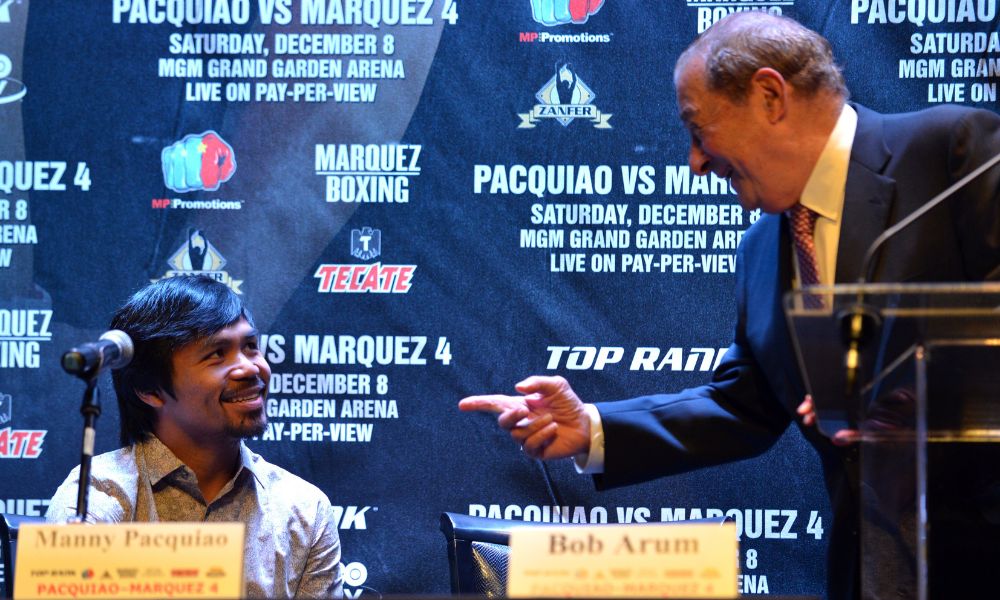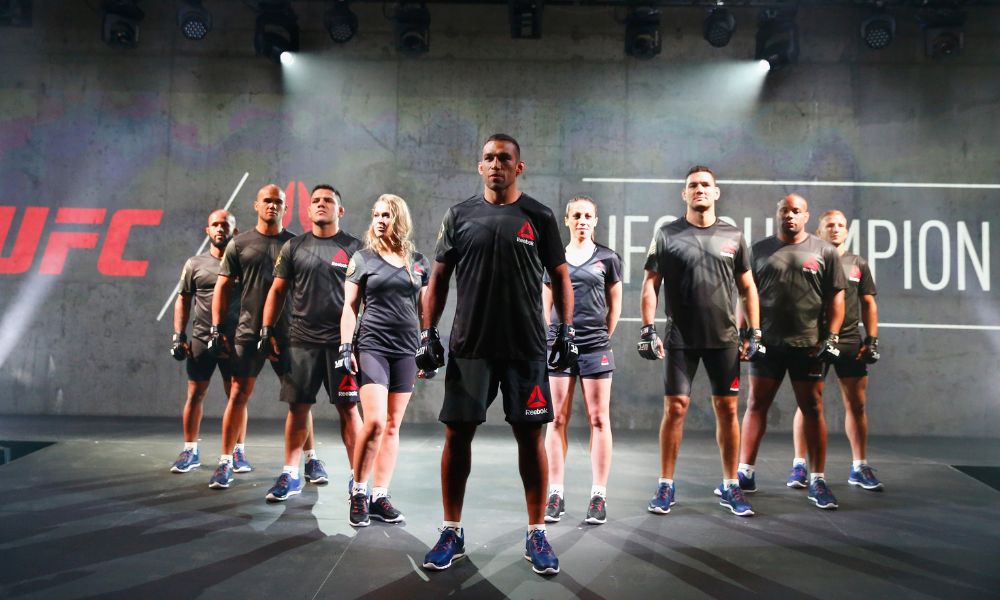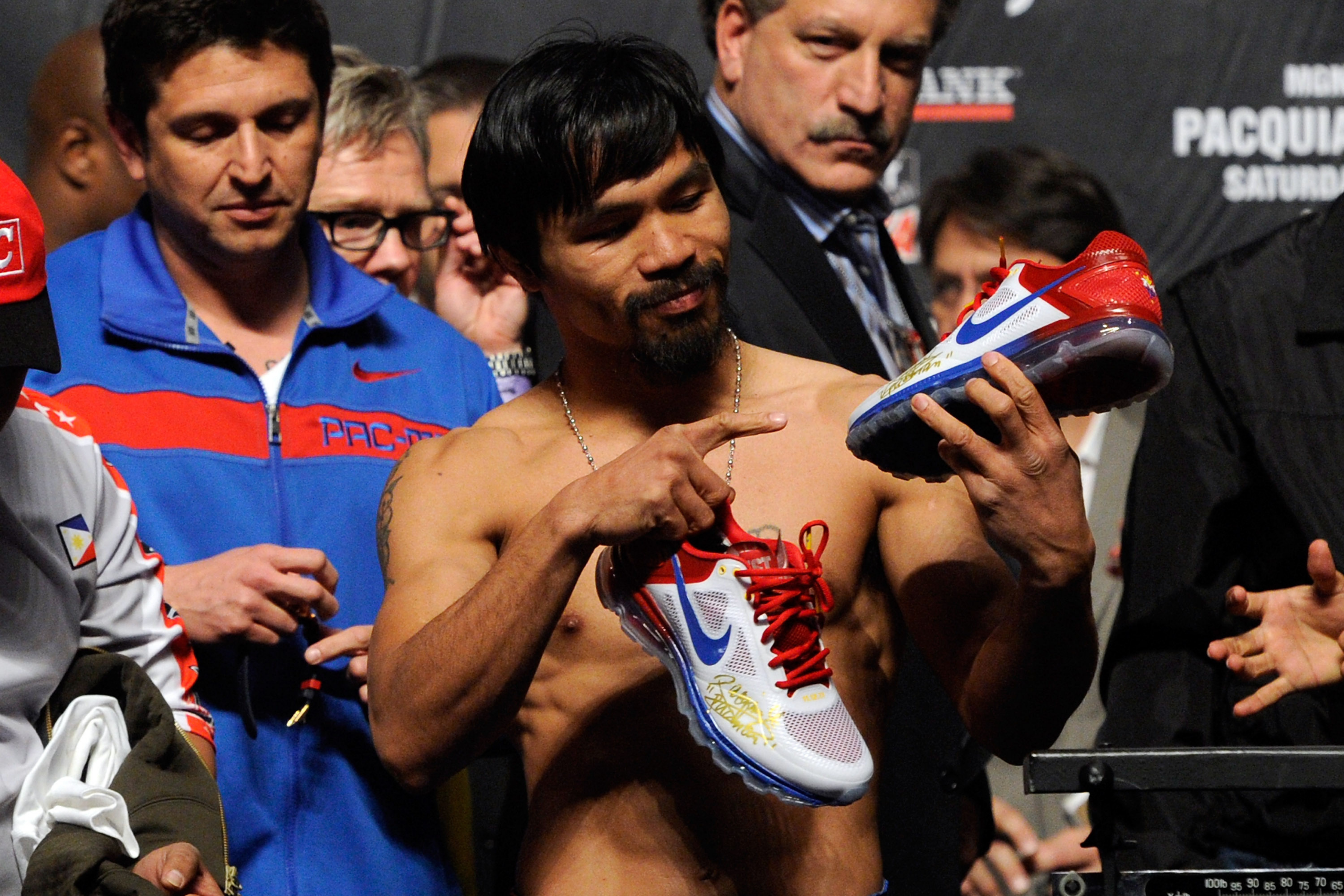In my last article for SportsPro, I articulated the importance of applying the market research approach of viewing brands in a product category to athlete brands in a sports category. By doing so, we ensured that the most comprehensive, holistic and inclusive list of global athletes was considered for this year’s 50 Most Marketable Athlete rankings.
A sports category perspective also allows us to optimally understand the degree of interplay among all brand stakeholders within a sports category, including its athletes, agents, sponsors and rights holders, such as governing bodies, leagues and teams. The stronger this interplay, the greater the marketability of each of those brands within the category and thus the sport as a whole.
However, if there is friction among these interrelationships, everyone’s marketability suffers and thus so does the entire sport.
The friction within a sports category or product category can be both visible and invisible. If it’s visible, it’s more easily measured. If it’s invisible, it can’t be easily measured, even though people collectively know it exists, either because the data doesn’t exist or there are factors that haven’t happened yet.
For example, the friction in the Space Tourism product category with companies like SpaceX and Blue Origin is more visible when measuring the high price consumers must pay for a space flight experience. Less visible friction in this same product category could involve a lack of familiarity or trust, both of which hold consumers back from engaging with Space Tourism brands.
As we’ll see in the example below, which highlights one of the greatest professional boxers of all time, Manny Pacquiao, the boxing category previously suffered from invisible friction, which had to do with the interplay at the time among some of the brand stakeholders within it.
The making of Manny
In 2012, Pacquiao was not only widely regarded as one of the best pound-for-pound boxers in the world but also for his generation. The Filipino had become the first boxer in history to win world titles in eight different weight divisions, having registered iconic, high-profile victories over legendary fighters including Oscar De La Hoya, Ricky Hatton, Miguel Cotto and Juan Manuel Marquez.
While breaking boxing records, Pacquiao was elected to the Congress of the Philippines as a representative of the Sarangani province. Additionally, he was also an accomplished singer having reached number seven in the Adult Contemporary chart in North America, starring alongside Canadian artist Dan Hill in a remake of Hill’s 1977 hit Sometimes When We Touch.
As if these accomplishments weren’t enough, Pacquiao also had the aura of a rags-to-riches national hero who had risen from the impoverished streets of General Santos City. With his amazing story, local sponsors loved Pacquiao and he endorsed many products within his native country, from fast food to detergents.
As global sponsors became aware of Pacquiao, they wanted to partner with him too. However, longstanding friction in the Philippines boxing sports category was preventing deals with highly interested international sponsors. As Michael Long indicated in his 2012 article for SportsPro magazine, ‘Making Manny’, there were key reasons for the friction that was holding Pacquiao back from reaching his full marketing potential and, in turn, Filipino boxing as a whole.
A major sticking point was that there was no one in place to centralise Pacquiao’s business affairs. Instead, he had a multitude of people who claimed to represent him and rarely followed through on agreed-upon terms. This led to consistent complaints from companies not trusting that their agreements would be executed along with numerous examples of lost sponsorship opportunities, including failed contracts with global brands like Gatorade and EA Sports.
As Long’s article points out, critical decisions made by Pacquiao helped overcome this friction. After two decades boxing in the Philippines, in February 2011 Pacquiao decided to work with a more professional and reputable sports management agency to eliminate confusion and any lack of trust. He turned to a boxing promotion company based in the United States, Top Rank, whose team consisted of chief executive Bob Arum and president Todd DuBoef.
With the approval of Pacquiao’s Canadian advisor Michael Koncz, Lucia McKelvey, a former vice president at IMG Golf, was appointed as the boxer’s agent. She would not only act as the sole point of contact for all of Pacquiao’s commercial affairs, but also oversee his business development and marketing matters at Arum’s Las Vegas-based promotional behemoth.

With Top Rank providing guidance, training and fight opportunities, McKelvey immediately set about consolidating Pacquiao’s existing endorsement deals. This led the way to North American-headquartered global businesses in particular to trust that his team would execute on their respective contracts.
McKelvey also persistently conveyed to potential global sponsors that times had changed at ‘Team Pacquiao’. This included reaching out to potential sponsors that had wanted to work with him in the past but could never get anything done and had thus fallen by the wayside.
By obtaining a more professional and reputable management setup, Pacquiao soon became much more marketable. While he represented fewer brands, including apparel sponsor Nike, his commercial appeal was only enhanced and, as a result, his overall endorsement earnings grew.
Spotting an opportunity to transform their marketability in similar fashion, other boxers from all over the world sought out McKelvey to help them eliminate friction. As McKelvey stated at the time: “Before I knew it, I had thirty phone calls from boxers around the world wanting me to represent them because they are too under-represented in terms of deals and endorsements.”
Friction in the fight game
Whereas Pacquiao and his new management team were able to be selective to drive his marketability, other athletes are not afforded the same commercial freedom. In some sports categories, rules and restrictions imposed by governing bodies limit sponsorship and endorsement opportunities for athletes, creating friction and inhibiting the extent to which they can be marketed.
In mixed martial arts, for example, the UFC employs a largely centralised commercial model designed to protect the rights of the promotion’s own partners and maximise its sponsorship revenue. That approach has helped fuel its commercial growth, but it hasn’t always benefitted the athletes.
Where UFC fighters were previously able to sign their own sponsors and wear logos and other kinds of advertisements on apparel and equipment worn in the octagon, a promotion-wide deal with Reebok signed in 2014 meant athletes were no longer allowed to wear any sponsor on their gear outside of those secured by the UFC.
More recently, UFC fighter Francis Ngannou has been particularly vocal about what he believes are restrictive sponsorship rules. He has stated: “I understand that the sport needs to look good with uniforms but we should at least have a right for a minimum of two approved sponsors for in the octagon.”
Ngannou believes the current UFC sponsorship model prevents athletes from earning significantly more money in addition to what they take home inside the cage. For example, Ngannou argued that the UFC wouldn’t allow him to promote a cryptocurrency brand that conflicted with the organisations’s deal with a rival company.

Concluding thought
Both the boxing and UFC examples illustrate how the marketability of a sports category can be impacted by the friction that exists among various brand stakeholders. Three patterns can be seen in both examples:
- First, a strong level of trust is required among stakeholders in a sports category in order to maximise overall marketability.
- Once friction is identified, it should be significantly reduced, if not eliminated, as soon as possible so that the marketability of the entire sports category can be optimally fulfilled on a global scale.
- Third, less can be more. Marketability and commercial income can rise with fewer sponsors, but there is a balance to be struck between interconnected stakeholders if the overall marketability of a given category is to be optimised.


